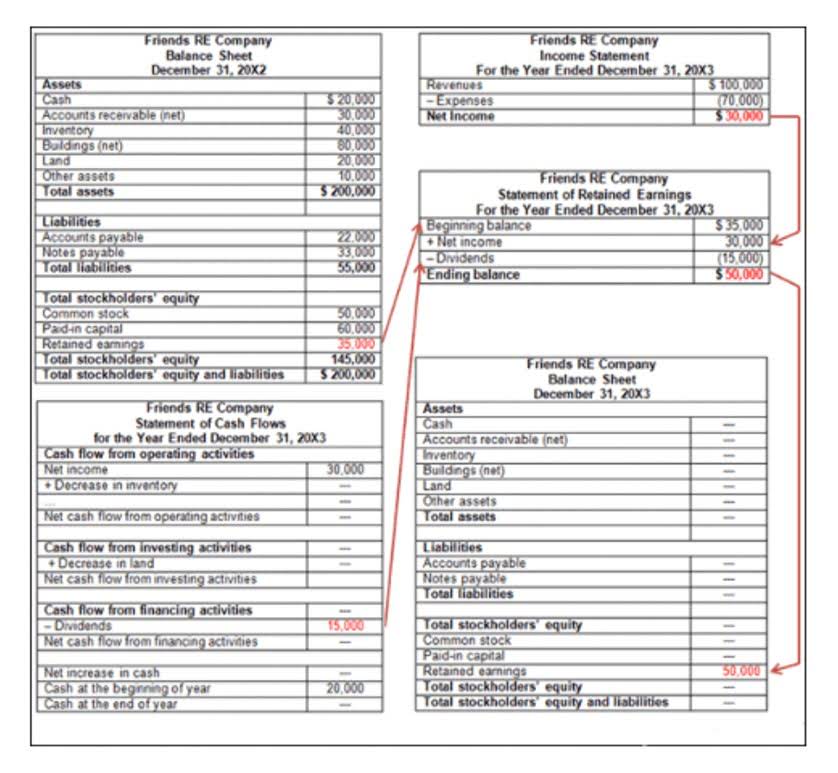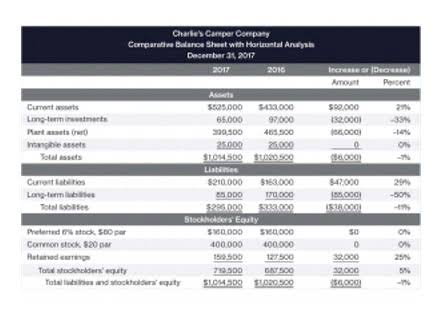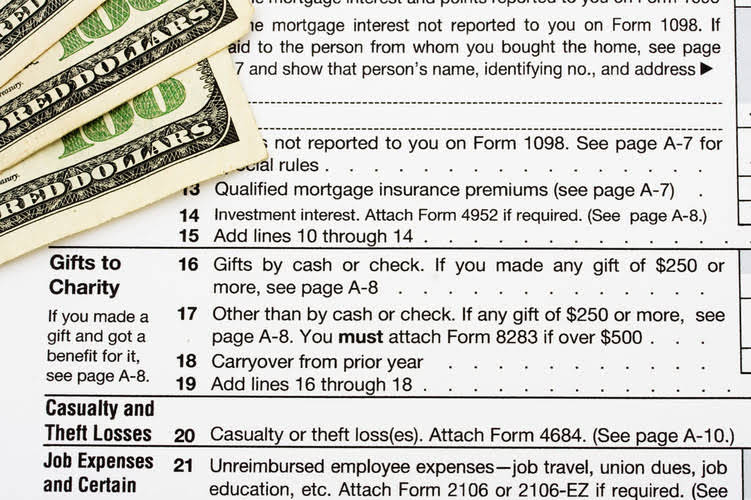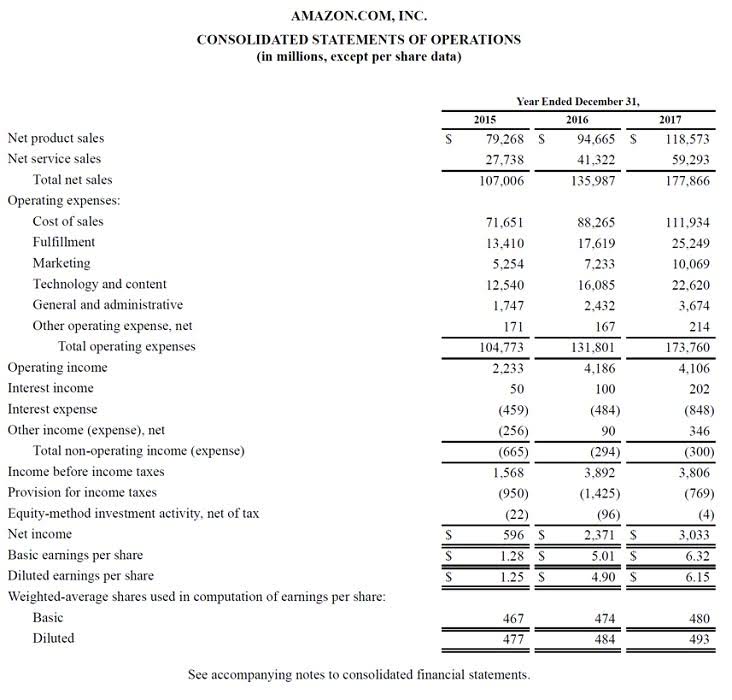What Is the Times Interest Earned Ratio and How Is It Calculated?

These obligations may include both long-term and short-term debt, lines of credit, notes payable, and bond obligations. The ratio is commonly used by lenders to ascertain whether a prospective borrower can afford to take on any additional debt. A poor ratio result is a strong indicator of financial distress, which could lead to bankruptcy. The times earned interest ratio (TIE) measures how many times a company’s operating income (EBIT) can cover its interest expenses.
Formula

The Times Interest Earned Ratio is useful to get a general idea of company’s ability to pay its debts. However, keep in mind that this indicator is not the only way to interpret or size a company’s debt burden (nor its ability to repay it). The ratio is calculated by dividing a company’s earnings before interest and taxes (EBIT) by its interest expenses.

Times Interest Earned Ratio and Complementary Financial Metrics
Financial planners and analysts use the TIE ratio to foresee potential financial distress and advise on how to avoid it, such as adjusting the capital structure or cutting unnecessary expenses. From our example, it’s clear that Steady Industrial Corp., with a TIER of 8, is better positioned to meet its interest obligations compared to Growth Tech Ltd., which has a TIER of 5. This indicates that Steady Industrial Corp. has a stronger financial position when servicing its debt. Most financial analysts consider a TIE ratio of at least 2.5 as a good benchmark, providing sufficient cushion to handle potential earnings fluctuations. Company XYZ’s financial data shows a Net Income before income taxes of $375,000 and Interest Expense of $240,000.
Using the debt service coverage ratio
If your firm must raise a large amount of capital, you may use both equity and debt, and debt generates interest expense. Lenders are interested in companies that generate consistent recording transactions earnings, which is why the TIE ratio is important. Companies may use other financial ratios to assess the ability to make debt repayment. Liberated Stock Trader, founded in 2009, is committed to providing unbiased investing education through high-quality courses and books.
Industry Differences
Conversely, a low TIE ratio might necessitate a reliance on funding with less financial leverage to mitigate the risk of default. To calculate the times earned interest ratio, divide EBIT Accounting For Architects by the interest expense. It is necessary to understand the implications of a good times interest earned ratio and what is means for the entity as a whole. Times Interest Earned Ratio is a solvency ratio that evaluates the ability of a firm to repay its interest on the debt or the borrowing it has made. It is calculated as the ratio of EBIT (Earnings before Interest & Taxes) to Interest Expense.
- Accurate figures from the income statements are vital to ensuring the calculation reflects the correct financial picture.
- These industries typically have lower TIE ratios because of higher interest expenses.
- It can be improved by a company’s debt level, obtaining loans at lower interest rate, increasing sales, reducing operating expenses, etc.
- A rise in interest rates increases borrowing costs, potentially lowering the TIE ratio if earnings remain unchanged.
- Strategic decisions, like cost-cutting or investing in revenue-generating projects, can also impact EBIT and the TIE ratio.
If earnings are decreasing while interest expense is increasing, it will be more difficult to make all interest payments. These two liquidity ratios are used to monitor cash collections, and to assess how quickly cash is paid for purchases. Get instant access to video lessons taught by experienced investment bankers.


Learn financial statement modeling, DCF, M&A, LBO, Comps and Excel shortcuts. In this exercise, we’ll be comparing the net income of a company with vs. without growing interest expense payments. It means the company earns just enough to pay its interest, leaving no margin for error. Generally, a ratio above 2.5 is considered safe, while below 1.5 may indicate high risk.
- By examining these numbers, the TIE ratio formula offers a quantifiable look at how many times a company can pay its interest, emphasizing its solvency.
- When a company considers different funding strategies, the TIE ratio provides valuable insights into its ability to pay interest expenses with its current income.
- Enter the net operating income (EBIT) and interest expense into the calculator to determine the times earned interest ratio.
- However, this is not the only criteria that is used to judge the creditworthiness off an entity.
- However, the company only generates $10 million in EBIT during 2022, and the business pays $4 million in interest expense.
- The Times Interest Earned Ratio (TIE) measures a company’s ability to service its interest expense obligations based on its current operating income.
A higher TIE ratio suggests that a company is more capable of meeting its debt obligations, which typically translates to lower credit risk and better borrowing conditions. On the other hand, a company with a lower TIE ratio may need to consider measures to improve its cash flow or reduce debt repayments. This can involve restructuring debt, optimizing business operations to cut costs, or finding ways to increase income. A company’s financial health depends on the total amount of debt, and the current income (earnings) the the times interest earned ratio equals ebit divided by firm can generate.
- If operating expenses increase, current earnings may decline, and the firm’s creditworthiness may be affected.
- In contrast, a lower ratio indicates the company may not be able to fulfill its obligation.
- On the other hand, a lower TIE ratio raises concerns about financial stability.
- A much higher ratio is a strong indicator that the ability to service debt is not a problem for a borrower.
- The TIE ratio varies significantly across different industries due to the inherent difference in operations and capital structures.
- This, in turn, helps determine relevant debt parameters such as the appropriate interest rate to be charged or the amount of debt that a company can safely take on.
This tool simplifies a complex concept, providing valuable insights for decision-making in finance, lending, and investment. EBizCharge is a full-suite of payment collection tools that speed up invoicing. Eliminate annoying banking fees, earn yield on your cash, and operate more efficiently with Rho. Review all of the costs you incur, and identify areas where costs can be reduced. If you can purchase a product through multiple suppliers, you can force the suppliers to compete for your business and offer lower prices. This can inspire confidence in pursuing opportunistic growth strategies or engaging in mergers and acquisitions, backed by a solid foundation of interest-earning ability.














